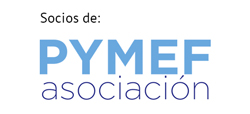
THE PARICUTIN VOLCANO. TRAILS AND INTERPRETATION.
ALL, BIODIVERSITY & CULTURE, PROJECTS, VOLCANO CAREThe Paricutin volcano is one of the precursors of modern volcanology, appearing in 1943 when a fissure opened in the middle of a crop with no apparent warning. This eruption was studied live by volcanologists who were later able to compare its products with the activity of the volcano. Since then it has become a focus of scientific and tourist attraction.
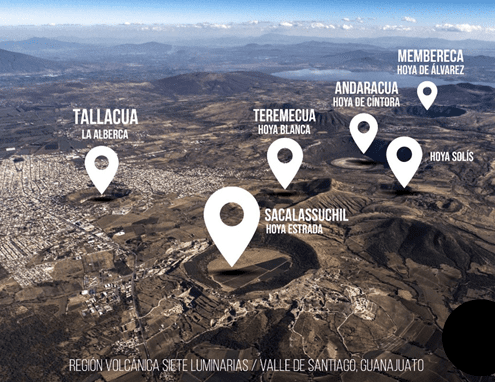
THE SEVEN LUMINARIES. CRATERS BETWEEN VILLAGES.
ALL, BIODIVERSITY & CULTURE, PROJECTS, VOLCANO CAREIn the valley of Santiago and belonging to the volcanic field of Michoacan are the volcanoes called the seven luminaries. The area called "Siete Luminarias" belonging to the Municipality of Valle de Santiago, presents unique physiographic characteristics in the State, consisting of a set of inactive volcanic craters...
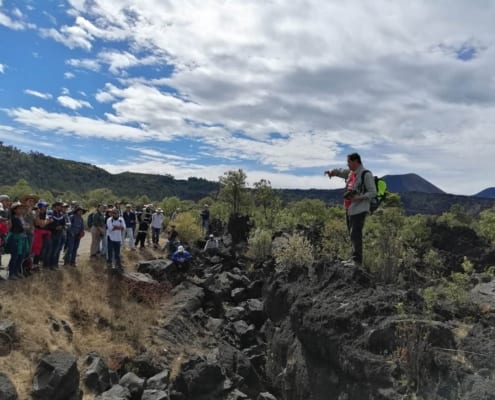
INTERNATIONAL NETWORK OF VOLCANO GUIDES
ALL, PROJECTSThe foundation aims to provide the tools for the guides to implement collaboration, cooperation and co-training strategies between them and other actors (e.g. volcanologists) to work for the common good by improving the lives of the people who live with volcanoes.
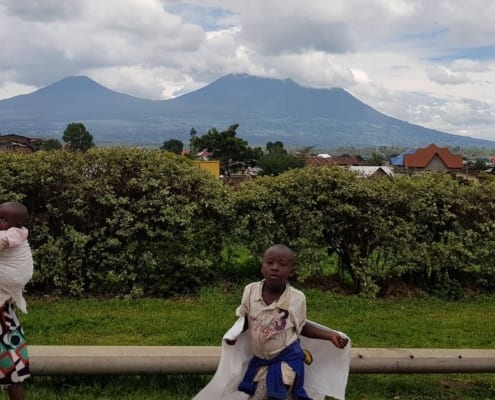
NATURAL HAZARDS IN GOMA AND THE SURROUNDING VILLAGES
ALLThe city of Goma and its surrounding villages (Democratic Republic of the Congo, DRC) are among the world’s most densely populated regions strongly affected by volcanic hazards. In 2002, Nyiragongo volcano erupted destroying 10–15% of Goma and forced a mass evacuation of the population. Hence, the * 1.5 million inhabitants of Goma and Gisenyi (Rwanda) continue to live with the threat of new lava flows and other eruptive hazards from this volcano. The current network of fractures extends from Nyiragongo summit to Goma and continues beneath Lake Kivu, which gives rise to the fear that an eruption could even produce an active vent within the center of Goma or within the lake. A sub-lacustrine volcanic eruption with vents in the floor of the main basin and/or Kabuno Bay of Lake Kivu could potentially release about 300 km3 of carbon dioxide (CO2) and 60 km3 of methane (CH4) dissolved in its deep waters that would be catastrophic to populations (* 2.5 million people) along the lake shores. For the time being, ongoing hazards related to Nyiragongo and Nyamulagira volcanoes silently kill people and animals, slowly destroy the environment, and seriously harm the health of the population. They include mazuku (CO2-rich locations where people often die of asphyxiation), the highly fluoridated surface and ground waters, and other locally neglected hazards.
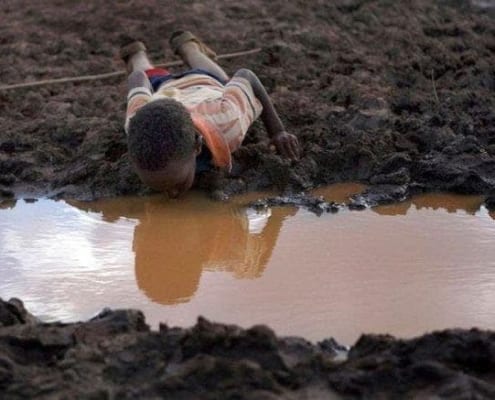
INFLUENCE OF MOISTURE SOURCE DYNAMICS AND WEATHER PATTERNS IN CENTRAL-EASTERN AFRICA
ALLWereport the first δ18Oandδ2H data of Virunga rainfall in the Eastern Democratic Republic of the Congo, situated on the limit between Central and Eastern Africa. The dataset is from 13 rain gauges deployed at Mount Nyiragongo and its surroundings sampled monthly between December 2013 and October 2015. The δ18O and δ2H vary from −6.44 to 6.16‰, and −32.53 to 58.89‰ respectively, and allowed us to define a LMWL of δ2H= 7.60δ18O+16.18. Three main wind directions, i.e. NE, E and SE, were identified in the upper atmosphere corresponding to threemajormoisture source regions. On the contrary, lower atmosphericwinds areweaker in nature and originate mainly from the S and SW, creating a topographically-driven, more local moisture regime. The latter is due to the accumulation in the floor of the rift of water vapor from Lake Kivu forming a layer of isotopically enriched vapor thatmediates the isotope enrichment of the falling raindrops. A strong seasonality is observed in both δ18O and δ2H data, and is primarily driven by combined seasonal and spatial variation in the moisture sources. The δ18O and δ2H seasonality is thus correlated to weather patterns, as the latter control the wet to dry season shifting, and vice versa. The key characteristic of seasonality is the variation of monthly precipitation amounts, since the mean monthly air temperature is nearly constant on an annual scale.
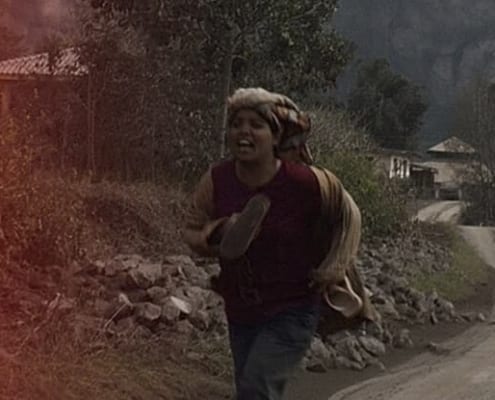
VEI HOW DO YOU RATE THE STRENGTH OF AN ERUPTION?
ALLExplicamos que es el VEI, Índice de medición de erupciones volcánicas.
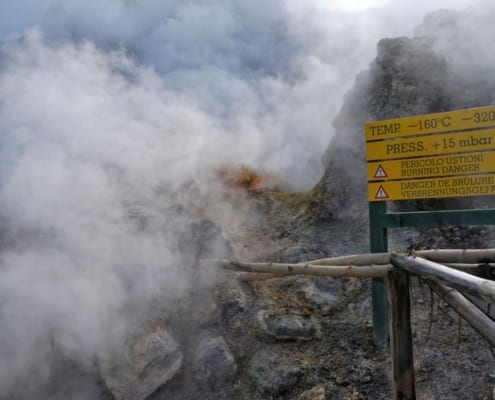
CAMPI FLEGREI, A TICKING TIME BOMB
ALLNápoles es una ciudad maravillosa, llena de vida y cultura, construida en las faldas del volcán Vesubio...
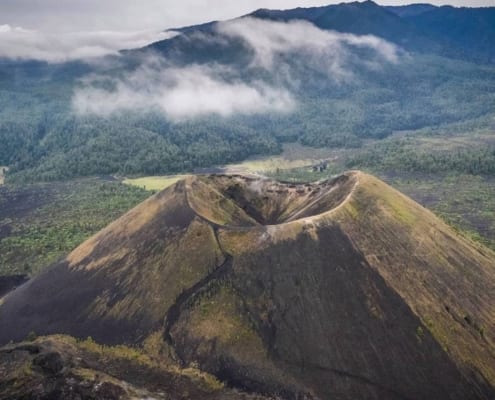
HOW A VOLCANO IS CREATED? THE HISTORY OF PARICUTÍN
ALLComo en un cuento, el rugido del magma hizo vibrar el sonido, despertando el llamado desde su interior, la tierra se abrió
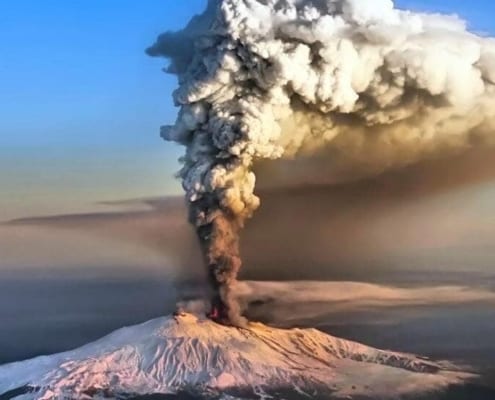
COULD ETNA CAUSE A TSUNAMI?
ALL, RESILIENCE, UNDRRVolcanoes are a danger to people living close to the area, but they can also be a means of livelihood.

THE FERTILITY OF VOLCANOES
ALL, BIODIVERSITY & CULTURELos volcanes son un peligro para los habitantes cercanos a la zona, pero también pueden ser un método de subsistencia.



